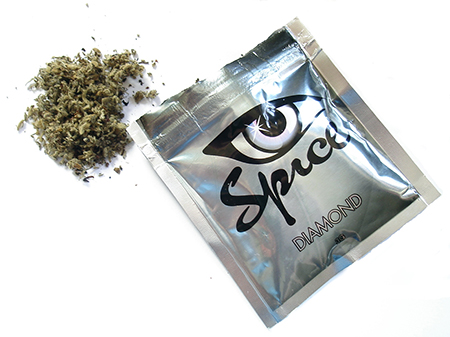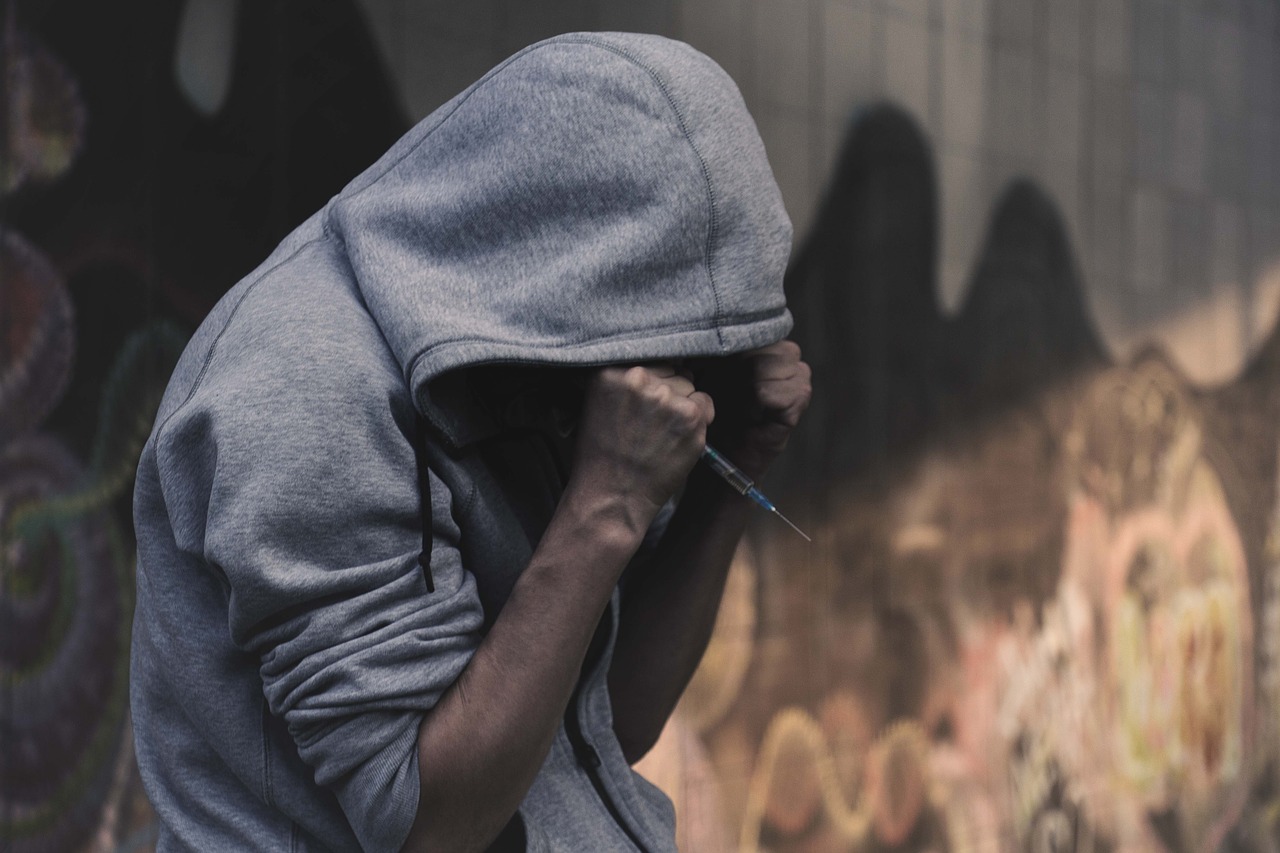Legal highs have been the subject of much attention in the media over recent years. Concerns have been expressed that their use contributes to anti-social and violent behaviour, particularly amongst the prison population, and research has indicated that there has been a significant negative impact on the homeless community. This has led the government to take action to criminalise the possession and supply of legal highs last year, but there remains an interesting debate regarding whether prohibition is the best way to tackle the misuse of drugs. This brief article gives an overview of the law on drugs, explores the new legislation which prohibits the sale of legal highs and considers whether or not prohibition can stop their use.
Possession and Supply of Drugs
The backbone of the current law relating to the use of recreational drugs is based on the Misuse of Drugs Act 1971. This Act was passed after the UK had signed the Single Convention on Narcotic Drugs 1961, a UN treaty, which aimed to restrict the international unauthorised supply of drugs. The Misuse of Drugs Act 1971 creates a number of drug-related offences, including possession and supply of certain drugs not including alcohol or tobacco. The Act provides for three levels of categorisation, A, B and C, where class A drugs are the most harmful. For example, heroin and cocaine are class A drugs and cannabis a class B. The penalties for possession vary depending on the classification.
Despite criminalisation drug use remains significant. The 2013 Crime Survey for England and Wales shows that 8.2 per cent of adults between the ages of 16 and 59 took an illicit drug in the last year. They also show that 2.6 per cent of adults aged 16–59 had taken a class A drug in the last year, which equates to approximately 850,000 people. Cannabis was the most commonly used drug, with 6.4 per cent of adults using it over the previous year.
However there has been a long standing inconsistency with the legal approach to regulating drug use, as certain drugs such as tobacco and alcohol can be consumed lawfully. This inconsistency is reflected in public attitudes to the use of drugs. The survey found that about three quarters of respondents aged 16–59 thought that it was acceptable for people of their own age to get drunk occasionally but only 5 per cent of adults believed that it was acceptable to get drunk frequently. However only a minority thought that it was acceptable to take illicit drugs either frequently or occasionally. The responses varied in relation to the particular drug; one third of respondents thought it was acceptable to take cannabis occasionally, whereas only 1 per cent was recorded for heroin.
This inconsistency in approach between criminalising certain drugs and not others is even more stark when you consider the number of deaths caused by these drugs each year. As a House of Lords Report on drugs policy points out:
It is instructive to compare illegal narcotic drugs with two psychoactive drugs which are legal and openly commercially available: alcohol and tobacco. Worldwide, one person in three uses alcohol, one in four uses tobacco, whereas fewer than 5% of people declare themselves as using drugs at least once a year, and fewer than 1% use drugs on a continuing basis. Tobacco kills five million people a year, alcohol 2.5 million people a year, and drugs about 500,000 a year. These are figures that need to be borne in mind when considering why some potentially harmful addictive substances are licit and some illicit.
Legal Highs
 Legal highs are a group of synthetic recreational drugs which are created by combining legally available chemicals that have become more widely available since 2008. As such they fell outside the scope of the Misuse of Drugs Act and could be bought and sold lawfully, having been imported from manufacturers, often based in China. The effect of these synthetic drugs can be much more powerful and long lasting than organic cannabis and this, combined with the low cost and free easy availability has had a marked effect on homeless users including those subject to investigation in Operation Romford.
Legal highs are a group of synthetic recreational drugs which are created by combining legally available chemicals that have become more widely available since 2008. As such they fell outside the scope of the Misuse of Drugs Act and could be bought and sold lawfully, having been imported from manufacturers, often based in China. The effect of these synthetic drugs can be much more powerful and long lasting than organic cannabis and this, combined with the low cost and free easy availability has had a marked effect on homeless users including those subject to investigation in Operation Romford.
Importing and selling legal highs has now been criminalised by the Psychoactive Substances Act 2016. The maximum penalty for breaking this law is 7 years in prison. The act defines a psychoactive substance as one which is capable of producing a psychoactive effect in a person who consumes it by stimulating the central nervous system to affect the mental functioning or emotional state. On the face of it, this definition would apply to widely used substances such as nicotine, caffeine and alcohol, but Schedule 1 of the Act makes it clear that the prohibition doesn’t apply to these widely consumed substances.
Will it work?
US President Nixon declared a war on drugs in 1971 but it is clear that the war has not yet been won, if it ever can be. The value of the global trade in illegal drugs has been estimated as being nearly £200 billion annually, with the largest market for the consumption being North America and Western Europe. So will the prohibition of synthetic drugs such as Spice succeed where the prohibition of cocaine, cannabis and heroin has failed?
Early signs suggest that the social problems facing homeless people means that there will continue to be a ready market for these substances and that they will continue to be readily available. Research undertaken by academics in Manchester point to the experience of Ireland and Poland suggesting that a blanket ban on psychoactive substances will not succeed in preventing their use. They also point to the social problems that can be created by pushing the sale of such drugs underground.
So it remains to be seen whether the current legislation will be able to prevent the use of formerly legal highs such as Spice.



Rate and Review
Rate this article
Review this article
Log into OpenLearn to leave reviews and join in the conversation.
Article reviews